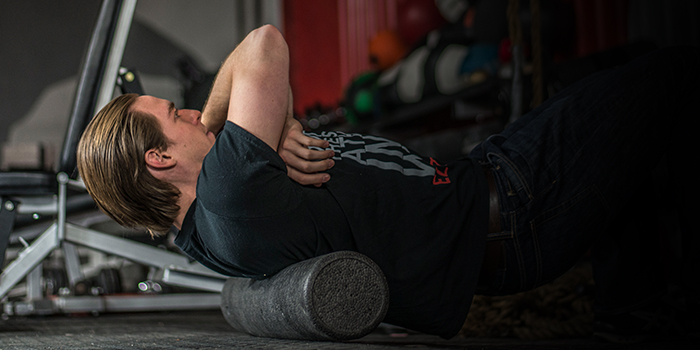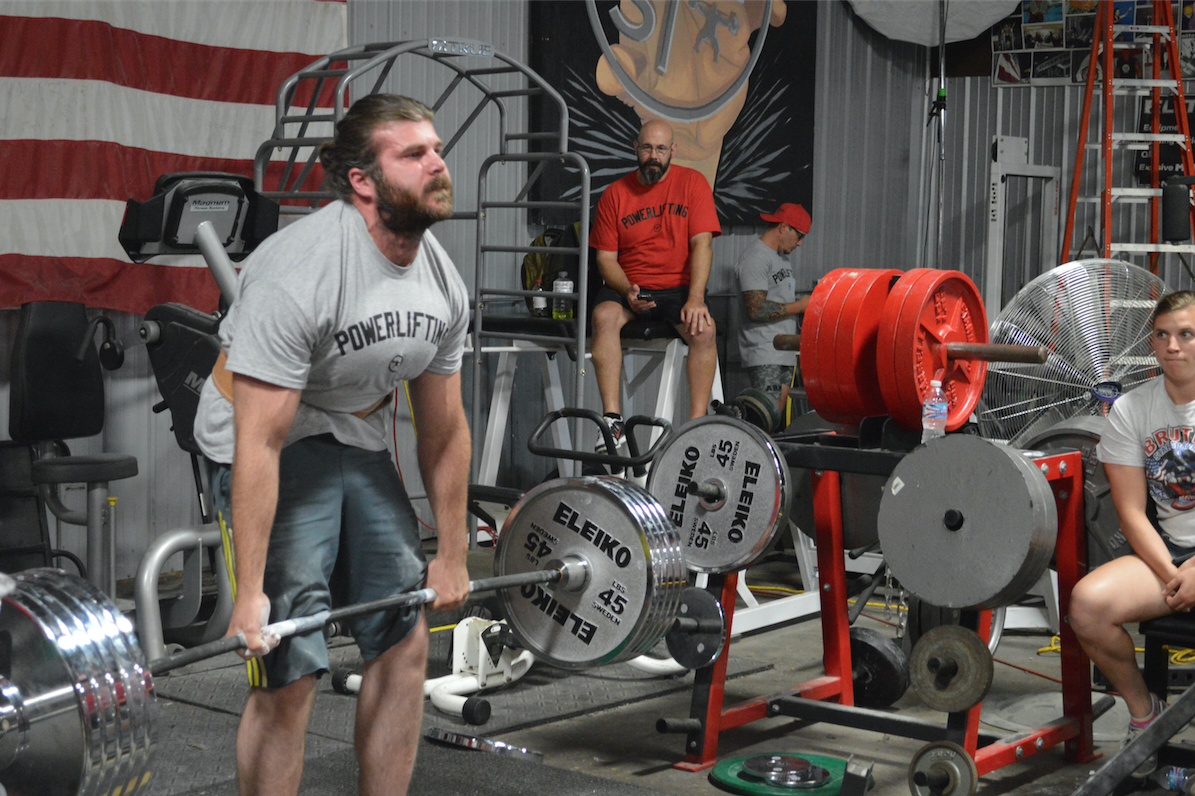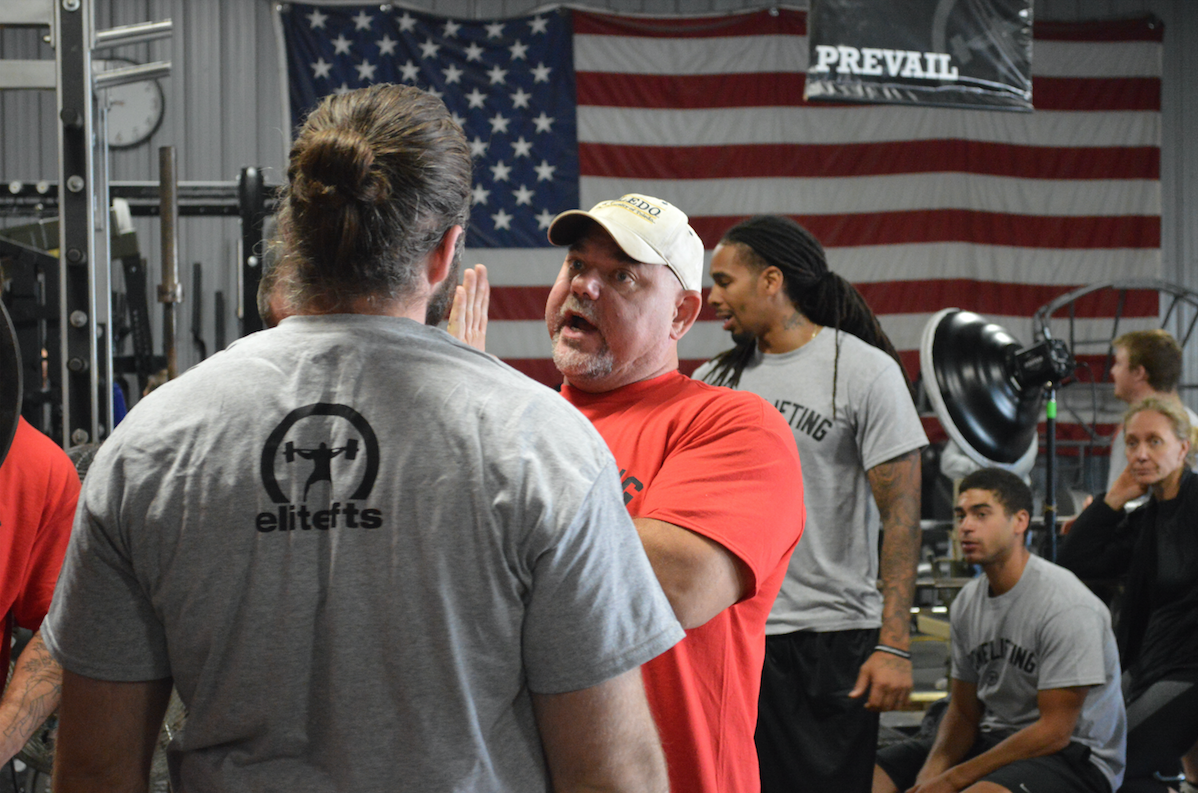
The view of the body as consisting of systems within systems, structures upon structures, is no longer anatomically accepted. As Chaitow put it, “we are a body-wide tensional force transmission system.” There is only one system (a state) which have specific reactions and communicating pathways in which we separate into smaller “zip codes.” Let us use the muscular “system” as an example.
We are oftentimes taught that we have over 600 muscles in the body. This, anatomically, is not the case. In order for one to view these 600 muscles in their singular nature one must discard various soft tissue structures. In actuality, there is only one muscle. Thomas Myers has explained it as, “contractile tissue is just folded into 600 pockets within the unitary fascial bag” (Chaitow, 2011). Taking a global viewpoint of the wholeness and intercontinuity of the body is of utmost importance when looking at how mechanical pressure (in this case foam rolling) influences the body. This will now lead us to the architectural make-up of the body pertaining to how it communicates; the biotensegrity architectural system.
Tensegrity has been defined as a “structural system composed of discontinuous compression elements connected by continuous tension cables” (Ingber, 2008). This architectural structure can also be seen in the body (biotensegrity). Donald Ingber was the first to show the biotensegrity architecture in the body within the tissue, cellular, and nuclear makeup. This has been shown to span from the extracellular matrix, through the cellular membrane (by means of integrins), all the way into the nuclear matrix. This leads to the body being in a constant state of pre-stress. Thus, any mechanical pressure initiated in one area will inevitably affect all other areas.
In other words, how our body communicates can be viewed somewhat as a ripple effect, similar to throwing a rock into a pond. This hierarchal communicating system gives us a better understanding of the various biochemical processes brought about by manipulative methods (Oschman, 2000). The tensegrity architecture system can be seen at the macroscopic and microscopic level in which “altering levels of forces that are transmitted to the internal cytoskeleton will produce cell distortion and change intracellular biochemistry” (Ingber, 2008). The interconnectedness of the entire body and the way in which it communicates by means of its tensegrity architecture brings new light to the way we view how the body adapts and responds to mechanical pressure.
RELATED: The Full Body, 10-Minute Bodybuilding Warm-Up
The understanding of the biotensegrity makeup of the body can now lead to the basics of mechanotransduction. Mechanotransduction is defined as the “mechanism by which mechanical forces are transduced into biochemical responses” (Ingber, 2008). The importance of understanding mechanotransduction is necessary for one to realize that how we implement mechanical pressure (foam rolling), whether “torsion, tension, shear, ease, compression, stretch, bending, and friction” (Chaitow), will result in rapid modification of cellular behavior and physiological adaptations — including gene expression and inflammatory responses. Mechanotransduction will further be touched upon as it pertains to change in fibroblast functionality later in this article.
This now leads us to mechanoreceptors and their incredible significance as it pertains to foam rolling and how or where we choose to foam roll. Oftentimes, no thought is given to the amount of pressure one chooses to implement when utilizing various devices such as a lacrosse ball, PVC pipe, or foam roller. However, when seeing mechanical pressure through the eyes of mechanotransduction, we will realize that the body responds (biochemically and neurologically) specific to the load imposed upon it. For example, Schleip states that “A variety of neurological effects occur—either inhibitory or stimulatory—depending on the degree, amplitude, speed, rhythm, direction, and duration of force application” (Schleip, 2003).
This being said, it must be understood that whatever form of mechanical pressure applied along with direction and amplitude, will all cause an individual’s body to respond differently. Similarly, the specific form of mechanical pressure can alter the biochemical response of the body as demonstrated by Standley. Standley showed how a vibratory response (certain foam rollers vibrate) changes the functionality of a fibroblast from pro-inflammatory to anti-inflammatory. So again, the specific form of pressure applied will dictate how the body responds both neurologically and biochemically.
Continuing with the ways foam rolling can influence the body, foam rolling has been shown to play a significant role on the autonomic nervous system, primarily shifting an individual from an overactive sympathetic nervous system to a parasympathetic dominant nervous system. We can see this through various forms of manual work along with foam rolling. It has been shown that depending on the “position of ease may quieten nociceptive input from dysfunctional areas…reduction of peripheral biochemical substances that are known to be linked to nociception may dampen local edema and lower sympathetic drive” (Chaitow, 2014).
Furthermore, Elizabeth Holey demonstrated that possible shear force through mechanical pressure “stimulates cutaneo-visceral reflexes via the nerve endings surrounding the horizontal circulatory plexis, which in turn elicits a strong effect on the autonomic nervous system” (Chaitow, 2014). A decreased sympathetic tone may also be caused by fascial or cutaneous mechanoreceptors. In the research of Dr. Schleip out of Ulm University, he showed that there “is the large group of interstitial receptors that make up the majority of sensory input from myofascial tissue. Their activation triggers the autonomic nervous system to change the local pressure in fascial arterioles and capillaries. Additionally, stimulation of Ruffini endings appears to have a similar effect in terms of a lowering of sympathetic activity” (Schleip, 2003). Further studies need to be done over this topic and specifically investigate how foam rolling can target these changes.
Now we must look at force transmission and how the body, in a way, seems to mislead us. More often than not, if something feels “tight” we will then roll that area. If the hamstring is tight, we will roll it. If the calf feels tight, we will roll it. However, we must understand the continuity of the body. Thomas Myers has shown the interconnectedness of the body through fascial linkages with specific anatomy trains such as the superficial back line, deep back line, spiral line, and other fascial chains. In an incredibly interesting study, Frankly-Miller showed the force transmitted while stretching the hamstring. It was shown that a “hamstring stretch will produce 240% of the resulting strain in the iliotibial tract—and 145% in the ipsilateral lumbar fascia—compared with the hamstring” (Franklyn-miller, 2009). Force was even transmitted into the plantar fascia. From viewing this force transmission, it can now be concluded that any dysfunctional situations in one area (iliotibial tract) will affect all other areas. Simply put, the site of the pain may not be the origin of the dysfunction.
RELATED: Recovery Work for Increased Growth and Performance
To use an example for terms of simplicity, let’s say the left hamstring is perceived as tight. Being that this area feels tight, you begin to roll it. It rapidly feels better. However, after 30 minutes, the “tightness” returns. Let us look at the fascial continuity and force transmission as it pertains to the left hamstring. Force is transferred between the biceps femoris through to the sacrotubeus ligament and gluteus maximus, and continuing on to the contralateral latissimus dorsi by means of the thoracolumbar fascia (Chaitow, 2014). Thus, the true culprit of the hamstring pain may actually be caused by the dysfunction in the contralateral latissimus dorsi. So, foam rolling or any form of mechanical pressure may best be implemented not on the sight of pain but on what is truly causing the pain. As Karel Lewit states, “He who treats the sight of pain is lost.”
Taking a different look at the bodies possible effects by foam rolling, we will look at the body’s sensorimotor system. Our motor response in any situation is only as good as the sensory input. This is shown in the importance of proprioception for proper efferent responses. It has been demonstrated that fascia contains six to 10 times more sensory receptors than a given muscle. This understanding leads us to view the importance of fascial gliding.
In order for the various planes to glide and allow proper sensorimotor communication, adequate hyaluronic acid must be available. As shown by Roman, “The fluid pressure of hyaluronic acid increases substantially as fascia is deformed during manual therapies” (Roman, 2013) such as foam rolling. However, as mentioned previously, the way in which we implement mechanical pressure will dictate the response given, in this case the amount of hyaluronic acid. Schleip explains that, “There is a higher rate of pressure during tangential oscillation and perpendicular vibration than during constant slide” (Schleip, 2003).
Without proper sliding and gliding, the sensorimotor responses cannot possibly work optimally. Thus, simply improving the tissue quality through means of mechanical pressure can improve various issues once believed to be “weakness” of the muscle. This is wonderfully explained by Dr. Gerry Ramogida in his article, “What is weakness anyway.” Dr. Ramogida states that, “In many cases, “weakness’’ occurs not because there is a lack of cross-sectional area, but results from a loss of afferent-efferent feedback necessary for optimal muscular contraction” (Ramogida, 2013). I feel much of this loss of afferent-efferent feedback is due to lack of fascial gliding. This is something that can be improved upon by the implementation of foam rolling.
Lastly, and what I feel to be most important, is the role in which foam rolling has upon the functional characteristics of fibroblasts. Fibroblasts are the most common cell-type in connective tissue (Chaitow, 2014). Looking at fibroblasts through mechanotransduction, we see that they will alter their function in response to the various loads placed upon it. For example, as previously mentioned, mechanical pressure (foam rolling), has been shown to change the functionality of a fibroblast from pro-inflammatory to anti-inflammatory. This may then lead one to assume the significance of utilizing foam rolling directly after a training bout to decrease the subsequent inflammation.
Graston Technique: My Experience with Instrument-Assisted Soft Tissue Mobilization
I often liken the above mentioned recommendation of foam rolling after a training session to using an ice bath directly after training which has also been shown to halt the inflammatory response. However, the inflammatory response is an incredibly important part of the training process and is necessary for long-term adaptations. So this should lead one to question the implementation of foam rolling directly after the training process. More studies should be done over this topic.
Furthermore, in consideration to fibroblasts, it has been shown by Langevin that, “fibroblasts substantially contribute to the amount of tension within superficial fascia and that relaxation of the whole tissue is dependent on fibroblasts altering their cell shape” (Chaitow, 2013) inevitably leading to decreased tissue tension. Dr. Swanson explains this perfectly as he states:
“The research demonstrates how fibroblasts can cause, or contribute to the maintenance of fascial binds by increasing their own prestress and thus increasing prestress within the fascia. Also, the release that occurs during the application of myofascial release techniques may result from fibroblast sensing mechanical forces being applied by means of mechanotransduction. The mechanotransduction could then lead to changes in fibroblast prestress, which would decrease the prestress within the fascia.” (Swanson 2012).
Swanson, as mentioned above, explains how mechanical pressure (in this case foam rolling) can cause the change of fibroblast pre-stress, thus decreasing the apparent tightness of a given muscle due to fascial binds or adhesions.
In conclusion to the research stated, the reader can now see that much thought must be given to how, when, and where the foam rolling is executed, quite similar to how a massage therapist must give thought to the implementation of their chosen technique. All forms of mechanical pressure caused by a foam roller will change the body’s response to that stimulus. Along with this, an individual must consider when to utilize a foam roller, whether before or after a training session. This consideration can only be given after an in-depth understanding of the neurological and morphological responses of the body pertaining to mechanical pressure.
REFERENCES
Chaitow, L. (2014). Fascial dysfunction: Manual therapy approaches (1st ed.). Edinburgh:
Ingber, D. (2008). Tensegrity-Based Mechanosensing from Macro to Micro. Prog Biophys Mol Biol, 97(2-3), 163-179. doi:10.1016/j.pbiomolbio.2008.02.005
Oschman, J. (2000). Energy medicine: The scientific basis. Edinburgh: Churchill Livingstone. Handspring.
Ramogida, G. (2013, March 12). What Is Weakness Anyway. Retrieved November 15, 2015.
Roman, M. (2013). Mathematical analysis of the flow of hylauronic acid around fascia during manual therapy motion. J Am Osteopath Assoc, 113(8). doi:10.7556/jaoa.2013.021
Schleip, R. (2003). Fascial Plasticity - A New Neurobiological Explanation: Part 1 (Vol. 7, pp. 11-19). Elsevier.
Swanson, R. (2013). Biotensegrity: A Unifying Theory of Biological Architecture With Applications to Osteopathic Practice, Education, and Research - A Review and Analysis. The Journal of the American Osteopathic Association, 113(1), 34-52.
Luke Olsen is currently a student of Sport Science. He has worked with various international athletes on both the Olympic and Amateur stage. He can be contacted at l.olsen@yahoo.com.












MZ Adams, I apologize if I came off that way. Sometimes I am a culprit of verbiage which I will try to work on in my future articles.
JG, some of the concepts are quite difficult in the beginning but once you start further researching some of the references listed, you will not be disappointed!